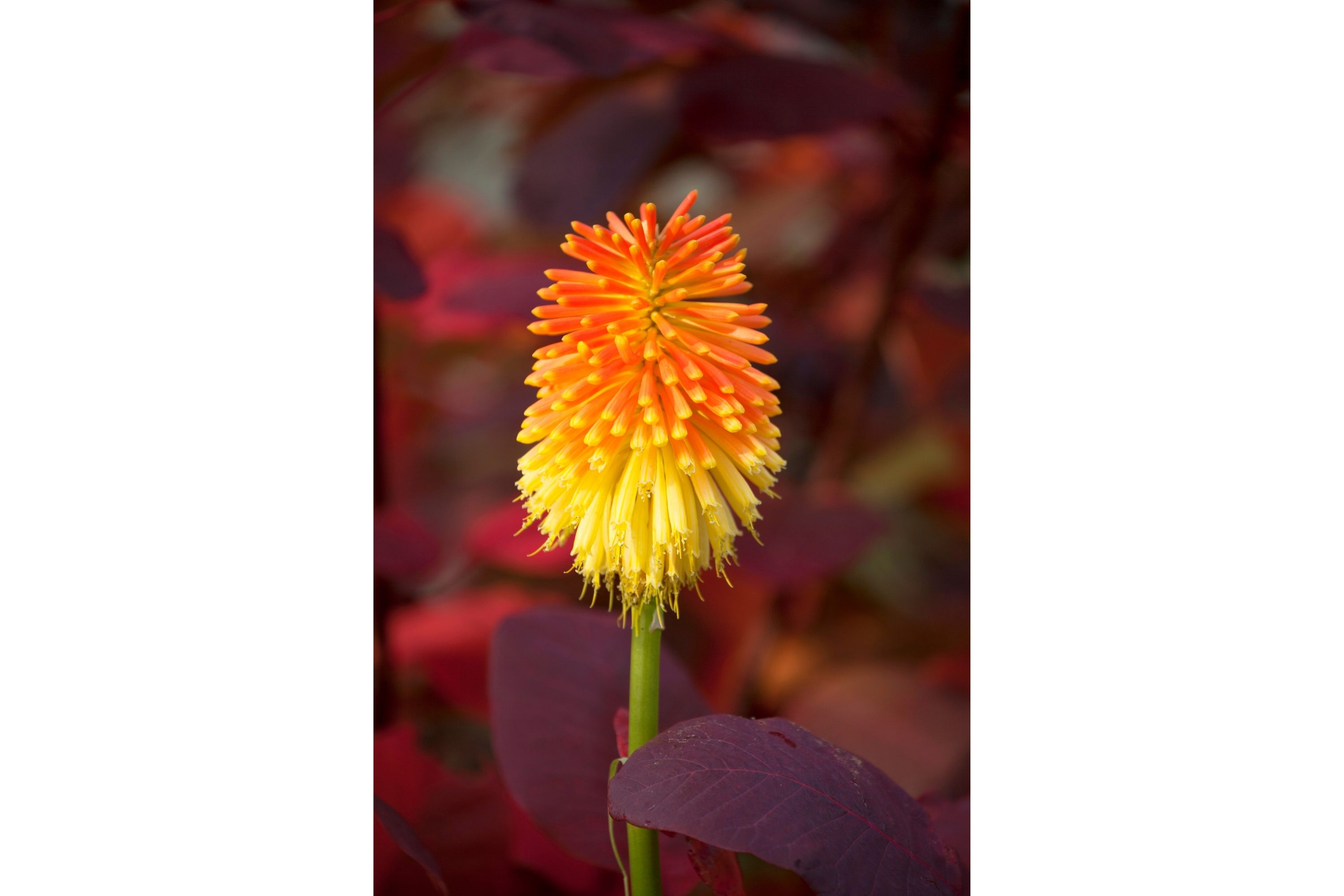Magnolia veitchii
(Magnolia veitchii)

Description
Magnolia is a large genus of about 210 flowering plant species in the subfamily Magnolioideae of the family Magnoliaceae. It is named after French botanist Pierre Magnol. Magnolias are spreading, evergreen or deciduous trees or shrubs, characterised by large fragrant flowers which may be bowl-shaped or star-shaped, in shades of white, pink, purple, green or yellow. In deciduous species the blooms often appear before the leaves, in Spring. Cone-like fruits are often produced in Autumn. As with all Magnoliaceae, the perianth is undifferentiated, with 9–15 tepals in 3 or more whorls. The flowers are bisexual with numerous adnate carpels and stamens are arranged in a spiral fashion on the elongated receptacle. The fruit dehisces along the dorsal sutures of the carpels. The pollen is monocolpate, and the embryo development is of the Polygonum type. Taxonomists, including James E. Dandy in 1927, have long had an interest in observing fruits of Magnoliaceae and have often used the differences, or perceived differences, in fruit characters to justify systems for classification. Horticultural uses Star magnolia from botanical gardens, Halifax, Nova Scotia Star magnolia from botanical gardens, Halifax, Nova Scotia In general, the genus Magnolia has attracted horticultural interest. Some, such as the shrub M. stellata (star magnolia) and the tree M. × soulangeana (saucer magnolia) flower quite early in the spring, before the leaves open. Others flower in late spring or early summer, including M. virginiana (sweetbay magnolia) and M. grandiflora (southern magnolia). Hybridisation has been immensely successful in combining the best aspects of different species to give plants which flower at an earlier age than the parent species, as well as having more impressive flowers. One of the most popular garden magnolias, M. × soulangeana, is a hybrid of M. liliiflora and M. denudata. In the eastern United States, five native species are frequently in cultivation: M. acuminata (as a shade tree), M. grandiflora, M. virginiana, M. tripetala, and M. macrophylla. The last two species must be planted where high winds are not a frequent problem because of the large size of their leaves.
Taxonomic tree:







